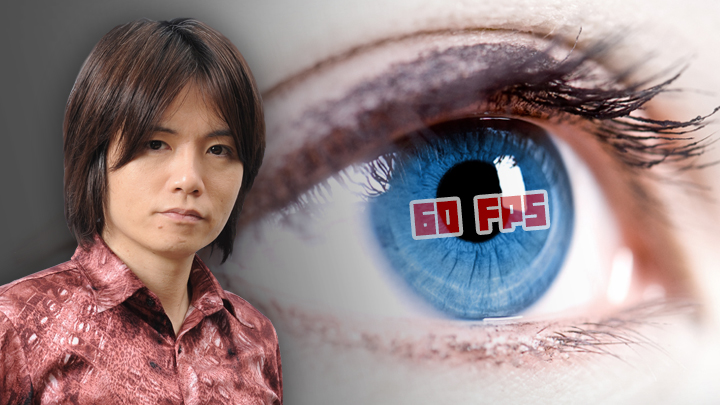Note: Do not repost the full translation. Please use the first two paragraphs and link to this translation.When reporting on this translation you must mention that it was translated by Source Gaming. For additional information, please read this post.
Source Gaming does not run ads on its website. If you enjoy our translations, please consider donating to our Patreon. It helps us afford new things to translate! Even if you can’t donate, say thanks on Twitter! It’ll make our day!
Learn to Count Frames! Vol. 552
When making games, being able to talk about units of time within the game itself is essential. In other words, frames. In console games, a frame is usually 1/60 of a second.
When you understand time, you also understand things like speed and movement distance. Even cutscenes and screen changes are controlled by frames.
This means becoming comfortable with lengths of time in frames is incredibly important. It’s an absolute necessity. But there isn’t exactly a frame-measuring stopwatch you can use.
Here’s an example. I asked this question to a developer I was overseeing when directing one of the games I’ve worked on.
“How many frames is it before this part starts?”
“20 Frames.”
“Huh? It’s not that long, is it?”
“But that’s what it’s set to…”
“It’s definitely shorter than that so please look into it and find the source of the issue.”
Just because you set the duration to a concrete number of frames doesn’t mean that’s going to be the case when the game is actually running. There could be cases where preparatory actions are included, the processing load causes it to be delayed, or it’s synced to another action and not moving as planned.
When making games, it’s important to get a feel for how many frames make up a certain length of time. Like in my previous example, if you can look and know it’s off, then you can correct it before it becomes an issue. On the other hand, if you don’t know about how long 20 frames should be, then you don’t quickly notice the issue and it gets overlooked and goes unnoticed. That’s not good.
So with all of that being said, I want to explain a way to roughly measure frames by comparing them to another unit of measurement. It has all kinds of practical applications!
You’re first going to need to be able to accurately count seconds in your head. I think mostly people probably do this by counting, ‘1, 2, 3…,’ but we’re about to make a small change to that.
[1 and 2 and 3 and…] By sticking the ‘and’ in, we are now counting by 0.5 second intervals. And just like that, we suddenly increase our accuracy.
It goes without saying but 0.5 seconds is 30 frames. If you count by saying “1 and,” it actually takes a fairly long time, doesn’t it?
Between the “1 and” is 15 frames. In Smash terms, that’s generally how long it takes for the first hitbox to appear after inputting a smash attack. It’s around the same time for regular punches and kicks in 3D fighting games like Tekken. 2D fighting games like Street Fighter 2 are around half of that. Of course, this will vary a bit depending on the character and move.
20 frames is just a bit over 15 frames– so it’s just slightly after that middle point between frame 0 and frame 30. By gauging how late you are after that middle point, you can estimate how many frames an action took. By being aware of just how late it is, you will learn to see it a bit.
If you can track time in your head, then you can also roughly track speed. For example, if you make a character move 10 meters, you can track how many frames it takes to get there. Nowadays, vague measurements like “from one edge of the screen to the other” are no longer in use. It’s very common to create a test stage specifically for the purpose of measuring distances.
During development, the number of frames can be confirmed using debug tools. But in order to immediately notice and diagnose issues you’ll want to develop a sense for on your own. In my head I can hear the [1 ・ and ・ 2 ・ and ・ 3 ・] It’s something that can be used pretty often.
Apart from that, it would be better to have the ability to track multiple moving objects at once but that might not be physically possible.
- “This Is My Role” – Sakurai’s Famitsu Column, Vol. 598 - March 9, 2020
- Straight from the Source: Yukio Futatsugi - October 19, 2018
- Straight from the Source: Koji “Iga” Igarashi (Bloodstained) - August 3, 2018








